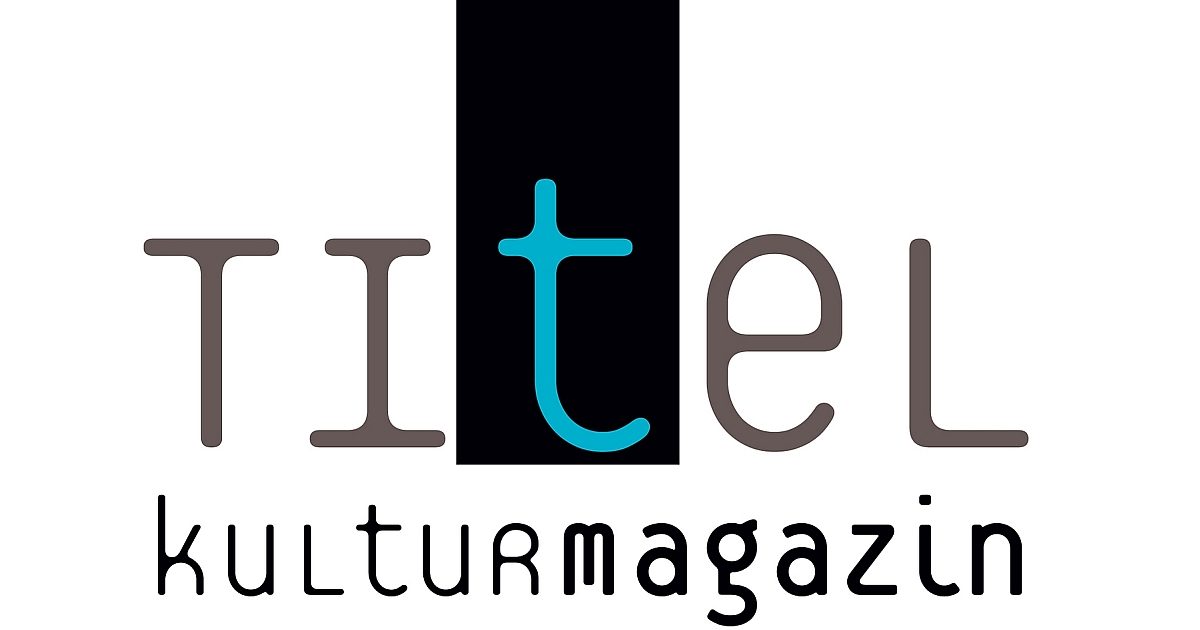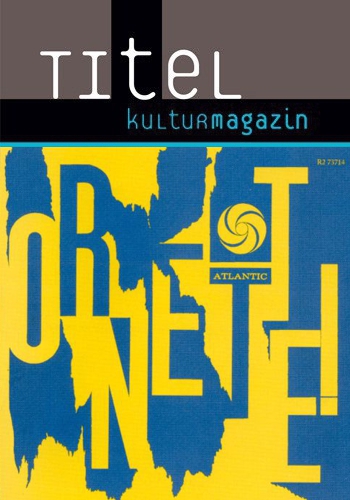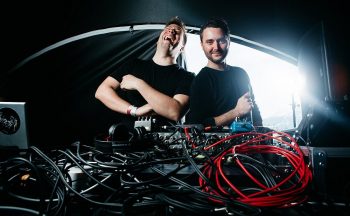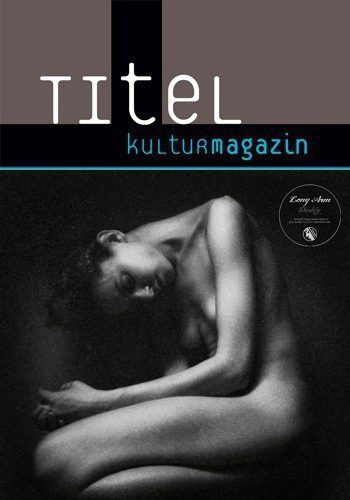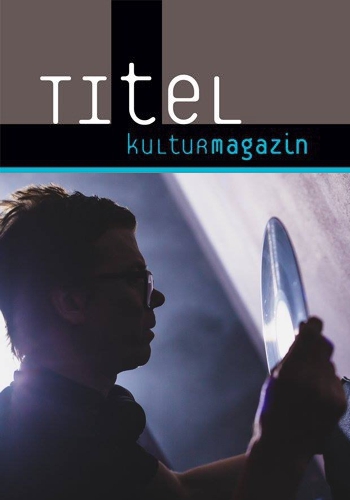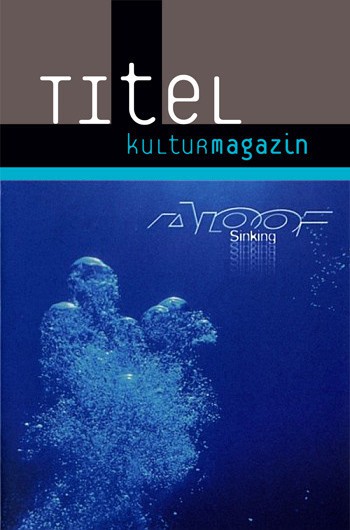Music | Bittles’ Magazine: The music column from the end of the world
As one half of the respected electronic duo Scratch Massive, Maud Geffray has long been a vital part of the Paris underground music scene. Formed back in 2003 with Sébastien Chenut, Scratch Massive are perhaps best known for their electro-tinged take on pop and house. Since then, classic records such as Nuit De Rêve and Enemy & Lovers, together with high profile collaborations with Jimmy Somerville and Chloé have helped raise the band’s profile around the world.
 This May finds Maud Geffray leaving the safety net of Scratch Massive to explore a more introspective and personal sound with the vocal-rich sheen of her debut LP. Utilizing the power of her own voice to stunning effect, Polaar finds the artist keeping the techno pop sensibilities with which she made her name, but adding a well crafted emotional core. The result is a colourful listening experience which has enough of a chug for open minded discothèques. For me, the album is at its best though when listened to on headphones, or a stereo at home.
This May finds Maud Geffray leaving the safety net of Scratch Massive to explore a more introspective and personal sound with the vocal-rich sheen of her debut LP. Utilizing the power of her own voice to stunning effect, Polaar finds the artist keeping the techno pop sensibilities with which she made her name, but adding a well crafted emotional core. The result is a colourful listening experience which has enough of a chug for open minded discothèques. For me, the album is at its best though when listened to on headphones, or a stereo at home.
Opener and title track, Polaar is a slow, melancholic slice of alternative pop which recalls the vocal-led electronica of Tei Shi, or French compatriot Miss Kitten. Soft, razor-edged, and just a little bit sultry, this is a song which fully rewards repeated plays. From here, Ice Teens throbs like a 90s trance banger from Paul Van Dyk, Goodbye Yesterday utilizes melodic riffs to create a bitter-sweet ode to nostalgia, while In Your Eyes sees the artist join forces with Flavien Berger, to create a track which sounds like a lost synth pop classic. Jilted lovers and jaded clubbers should also be sure to check the jittery pulse of Forever Blind, and the loose bass squelch of Standing By My Door.
With Polaar’s mixture of reflection, melody and vocals taking up residence in my brain these last few weeks, I couldn’t resist when the opportunity arose to pose some questions to Maud Geffray. In the resulting interview we discuss the new album, her band Scratch Massive, working with Flavien Berger, playing live, and lots more.
So, put on your reading slippers, give the title track a play, and let us begin…
For those who are new to your music, can you tell us a bit about who you are and what you do?
Maud Geffray, musician, I’m half of the French band Scratch Massive, and I make electronic pop music.
Your new album Polaar came out on the 12th of May. What was the idea behind the LP?
The genesis of this album is a musical movie I made for The Louvre Museum in Paris one year ago. The movie was shot by my really talented friend Jamie Harley in Laponie, where we stayed last winter. I made a lot of music for the project and the idea was to transform this music base to make a future album.
If you had to pick one song to sell the record which would it be and why?
Polaar is the name of the album, and this track was the first piece of music on which I made the decision to sing. I put a lot of effects on my voice to begin with as I really like the treatment of it. It gives it emotion and spatiality.
The video for Polaar was directed by Jamie Harley and, for me anyway, makes the perfect accompaniment to the song. How and where was the video shot?
Jamie Harley shot the video in Laponie, for the movie project we did together for the Louvre Museum in Paris last winter. Music and images were created in the same moment, the same mood. This video is made with extracts from this movie, that’s certainly the reason that, for me, it couldn’t be a better video for this song. This is totally suitable for the feeling of the track.
How well do you think the video matches the themes and ideas of the song?
It’s strange to realize how Jamie was into the mind of the song (into my mind I could tell). For me, he follows this girl from darkness to brightness, a poetic feeling, light and heavy in the same way. The images are amazing and it’s really pure.
One of my faves on the record is the deep house groove of Ice Teens, which I could imagine working well in a club. How important are the demands of the dance floor to the music that you make?
I feel I don’t make especially music for dance floors. I do music for the mood inside, the emotion that stays in your mind maybe. Ice Teens has a really dance floor background right, but I put just a little kick in there. The real stars of the track are the synthesizers, and the space in it. It’s not really the rhythm to my point of view.
In Your Eyes sees you joining forces with Flavien Berger, an artist who had great success in France with his debut LP Leviathan. How did you two meet? And what made you decide to work together?
I know Flavien because we are with the same record company, Pan European, although that’s not the reason I decided to work with him. I just went to a concert of Flavien’s in Paris and I was shocked by his voice, he’s an amazing singer. As I wanted a man’s voice on my album for one song I proposed to him.
Are you planning on touring the album at all?
I’m planning to make something between a live act and a DJ set to present my album. I don’t want a heavy process to tour my album. I need to find something light and fun for me.
Where will you be playing, and what can audiences expect?
An audience in clubs and festival, something dance floor, but I expect something emotionally strong, not only in the aim of dancing.
You have been involved with Scratch Massive since 2003. Can you tell us a little about the history of the group?
Yes, Scratch Massive is my band with Sébastien Chenut. As he moved to LA 2 years ago, we had to learn how to work separately, and finally that’s great. We are still happy to work together and continue to build what we did with Scratch Massive, but we are also happy to keep working separately.

Are there any new Scratch Massive releases on the horizon?
Yes, we plan an album for January 2018.
How does the music you create with Sébastien Chenut differ from your solo work?
When we are together in a studio maybe we have our strong habits about who does what etc. It works very well like this, so it’s hard to change. But when I was totally alone in my studio, I wanted to put more of me in tracks. That’s the reason why I use more of my voice on my tracks, because I want to put the maximum of my own soul in there, and my voice completes my compositions naturally (not only in the way to create classic songs like Standing By My Door, because in every track I put some little pieces of my voice and play with it. Even in Ice Teens, it’s only pieces of my voice).
Which three albums should everybody hear at least once in their lives?
Autechre – Amber.
Aphex Twin – Selected Ambient Works.
Depeche Mode – 101.
What else does 2017 have in store for you?
I did the music for two documentaries, which was an experience I really enjoyed. One happens in Texas, United States, and one is set in France about Teens which will be shown at the Cannes Festival.
Do you have any final words for our readers?
Just go to listen to my album Polaar, and I hope you will be touched by the feeling in it.
Polaar is available now from the Pan European bandcamp page, and all good record and download stores.


